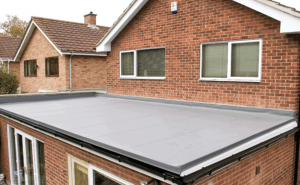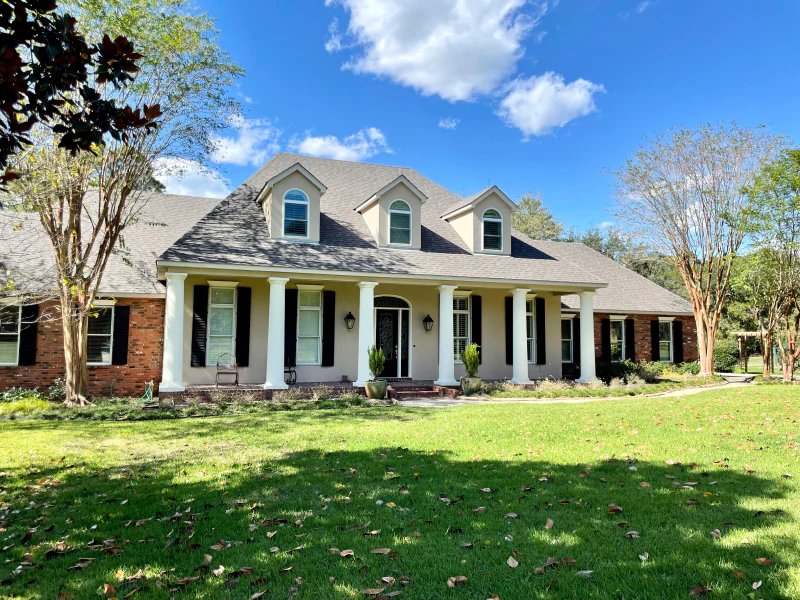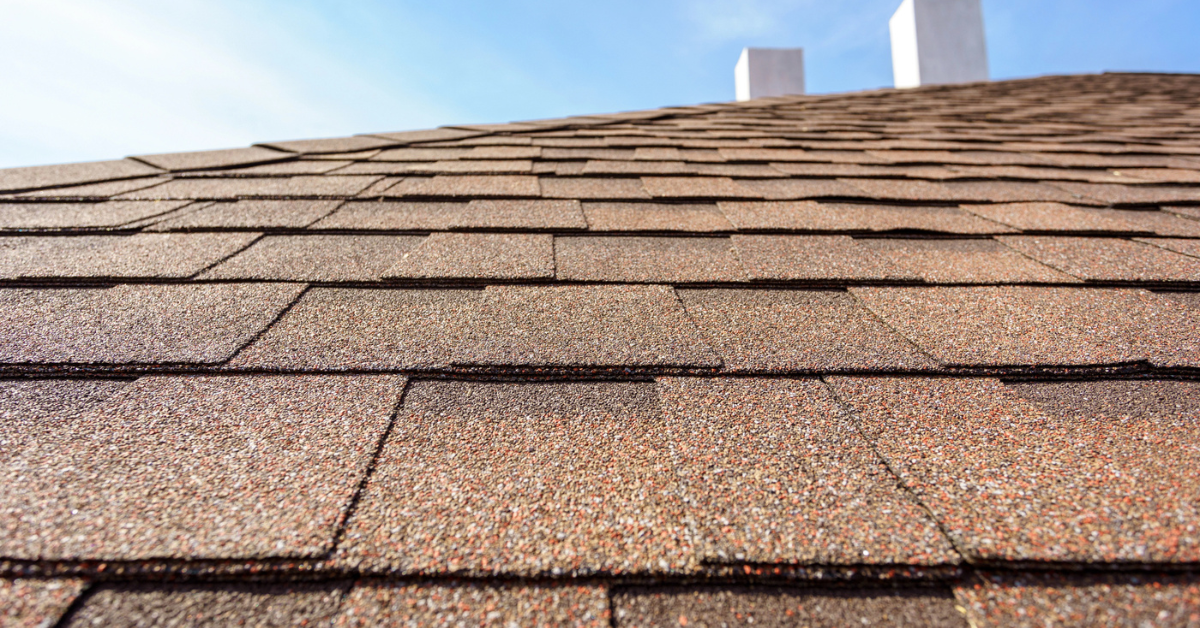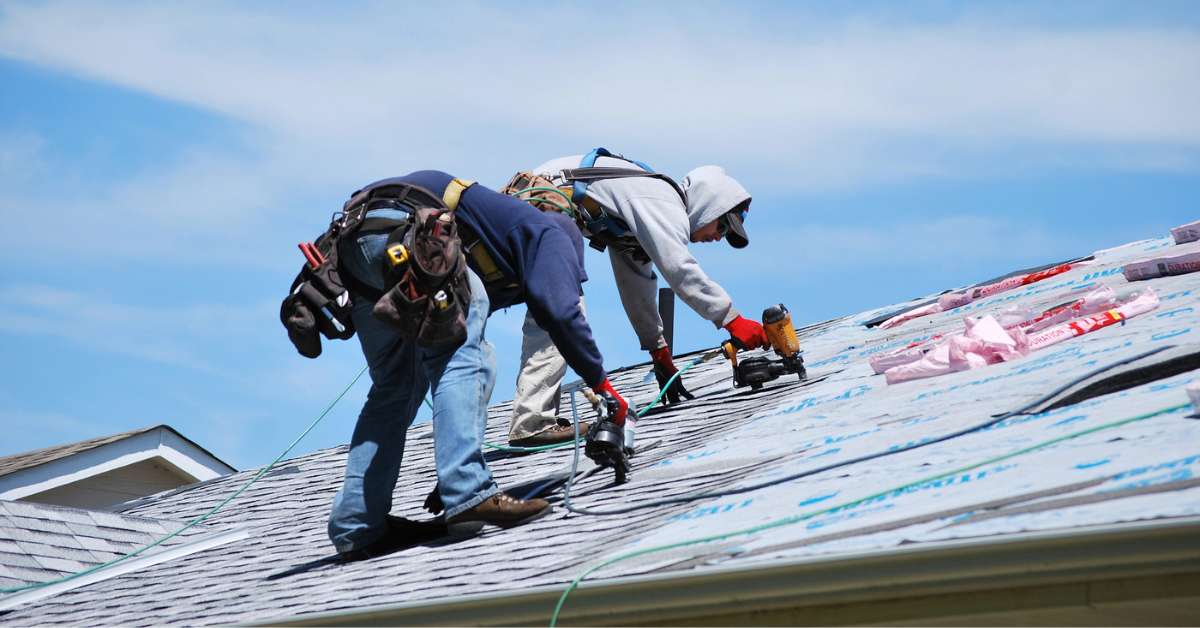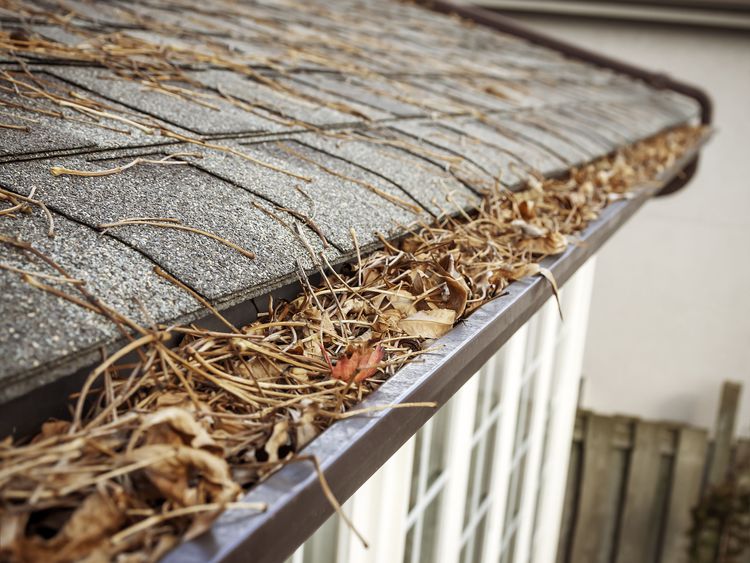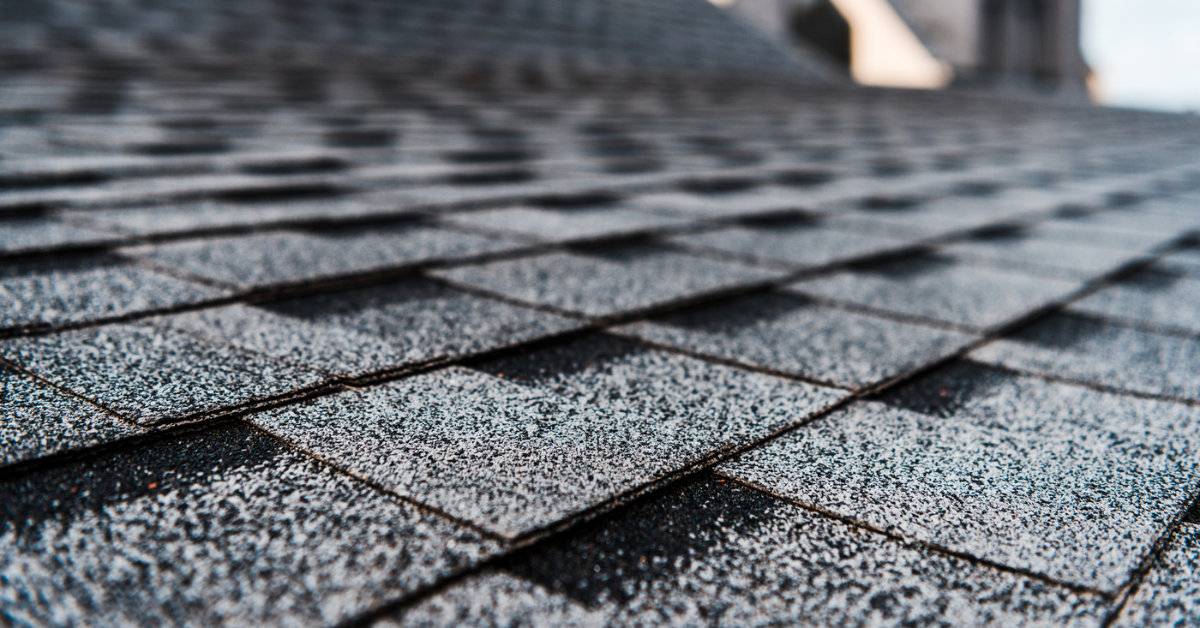Flat roofs, once considered a hallmark of modern architecture, continue to be popular in residential, commercial, and industrial buildings today. Characterized by their minimal pitch or slant, these roofs offer an array of functional and aesthetic benefits, such as providing additional outdoor living spaces or the potential for solar panel installation. However, like all roofing systems, flat roofs have a lifespan and may eventually require replacement. In this post, we’ll explore the key considerations when it comes to flat roofs and how to approach the process of replacing them.
Why Choose a Flat Roof?
Flat roofs offer several advantages that make them an appealing choice for certain types of buildings:
Cost-Effective: Generally speaking, flat roofs are more affordable to install than pitched roofs due to their simple design and fewer materials. They also tend to require less labor to install.
Space Efficiency: The flat surface provides an opportunity for a usable rooftop space. This can be transformed into a garden, patio, or even a place to install solar panels, making it an excellent option for homes or businesses where outdoor space is limited.
Easier Access: Flat roofs are easier to maintain and inspect compared to pitched roofs. They are also more accessible for installing HVAC units, satellite dishes, or other equipment.
Modern Aesthetics: Many people appreciate the sleek, contemporary look of a flat roof, particularly in modern homes and commercial buildings.
Signs Your Flat Roof Needs Replacing
While flat roofs can last for many years with proper care, they are not immune to wear and tear. Several signs indicate that your flat roof may be approaching the end of its life and needs to be replaced:
Water Pooling: Flat roofs are designed to have a slight slope for drainage, but over time, improper drainage can lead to pooling water. If water collects and doesn’t evaporate or drain properly, it can lead to leaks and structural damage.
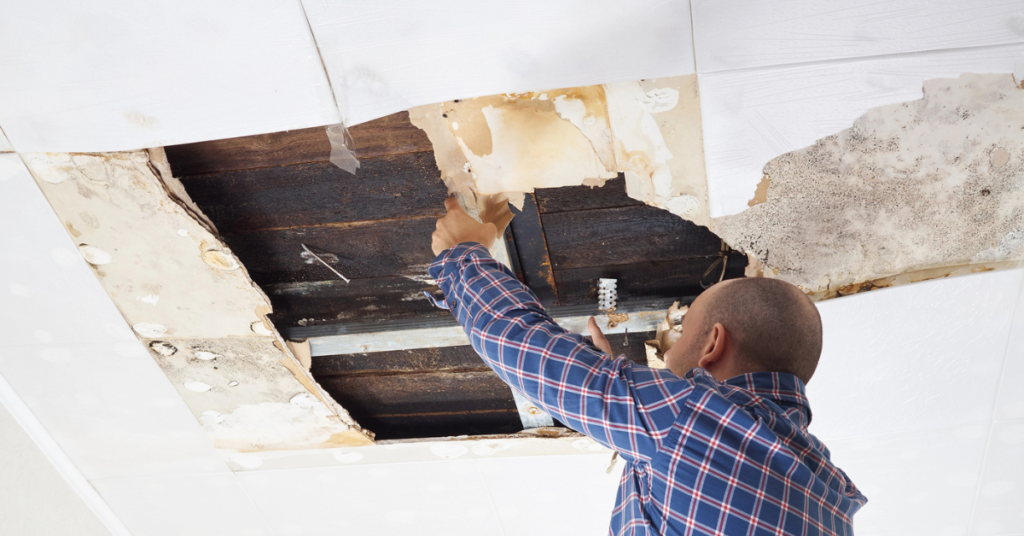
Cracks and Blisters: As flat roofing materials age, they may crack or blister. These can form due to prolonged exposure to UV rays, temperature fluctuations, or poor installation. Once these flaws appear, the roofing system is more susceptible to leaks and further damage.
Leaks and Water Damage: If you notice water stains on your ceiling, it could be a sign that your flat roof has a leak. Water intrusion can cause significant damage over time, weakening the roof and interior structure.
Tears and Punctures: Flat roofs are more prone to damage from debris, foot traffic, or extreme weather. If the membrane has visible tears or punctures, the roof is no longer fully waterproof, which can lead to leaks.
Increased Energy Bills: If your roof has lost its insulating properties, you may notice a rise in energy costs due to poor temperature regulation. This can happen when the roofing material begins to degrade.
Steps to Replace a Flat Roof
Replacing a flat roof is a significant investment, but if your roof is showing signs of damage, it’s crucial to address it before more costly repairs arise. The process involves several key steps:
Assessment and Inspection
Before beginning any work, a professional roofer will assess the condition of the existing roof. This involves checking for damage to the structure, inspecting the decking for rot or weaknesses, and determining whether the current roof has multiple layers. An experienced roofer will be able to recommend the best course of action based on these findings.
Choosing the Right Material
When it comes to flat roof replacement, you’ll have several material options. The most common choices include:
EPDM (Ethylene Propylene Diene Monomer): This synthetic rubber roofing is durable, waterproof, and UV resistant. It’s one of the most common choices for flat roofs due to its long lifespan (up to 30 years).
TPO (Thermoplastic Olefin): TPO is a single-ply roofing membrane known for its heat-reflective properties, making it an energy-efficient option.
Modified Bitumen: A type of asphalt roofing that comes in rolls, modified bitumen is known for its durability and ease of installation.
PVC (Polyvinyl Chloride): Another single-ply roofing system, PVC is resistant to chemicals, fire, and high winds, making it suitable for a range of commercial applications.
Choosing the right material for your climate, budget, and aesthetic preferences is essential for ensuring a long-lasting roof.
Preparation and Removal
Once the material is chosen, the old roof will need to be removed. This can involve tearing off the existing membrane and inspecting the underlying structure for any issues. In some cases, you may need to replace the decking or make repairs to the structure beneath the roof. Proper disposal of old roofing materials is also crucial for safety and compliance with local regulations.
Installation of the New Roof
With the roof prepared, the new roofing material will be installed. Depending on the material, this process may involve rolling out a membrane, welding seams, or applying multiple layers of bitumen. Modern flat roofing systems are designed to be highly waterproof and energy-efficient, providing a strong barrier against the elements.
Final Inspections and Maintenance Tips
Once the roof is installed, a final inspection will ensure that all seams are sealed, drainage systems are functioning, and the roof meets all necessary building codes. Regular maintenance, such as clearing debris from drains and checking for signs of damage, will help extend the life of your new roof.
Conclusion
Replacing a flat roof is a significant but necessary task to protect your home or business. By recognizing the signs that it’s time for replacement and choosing the right materials, you can ensure that your new flat roof provides durability, efficiency, and aesthetic appeal for years to come. While the process can seem daunting, hiring a professional roofing contractor with experience in flat roof systems will ensure a smooth and successful replacement.
If your roof is getting old, showing signs of damage, or was hit by a storm recently, it’s important to take action quickly when you think something’s wrong! Choose Legends Roofing for your roofing needs. We are licensed and insured and bring over 15 years of experience to the table. We serve Mandeville, Covington, Slidell, Hammond, Abita Springs, and more.
Count on us for free estimates, ensuring transparency and trust in every step of your roofing project. Our roofing experts will recommend the best type of roof to keep your family and home safe from Louisiana hurricanes for a long time. Contact us today to schedule your free roofing estimate!
